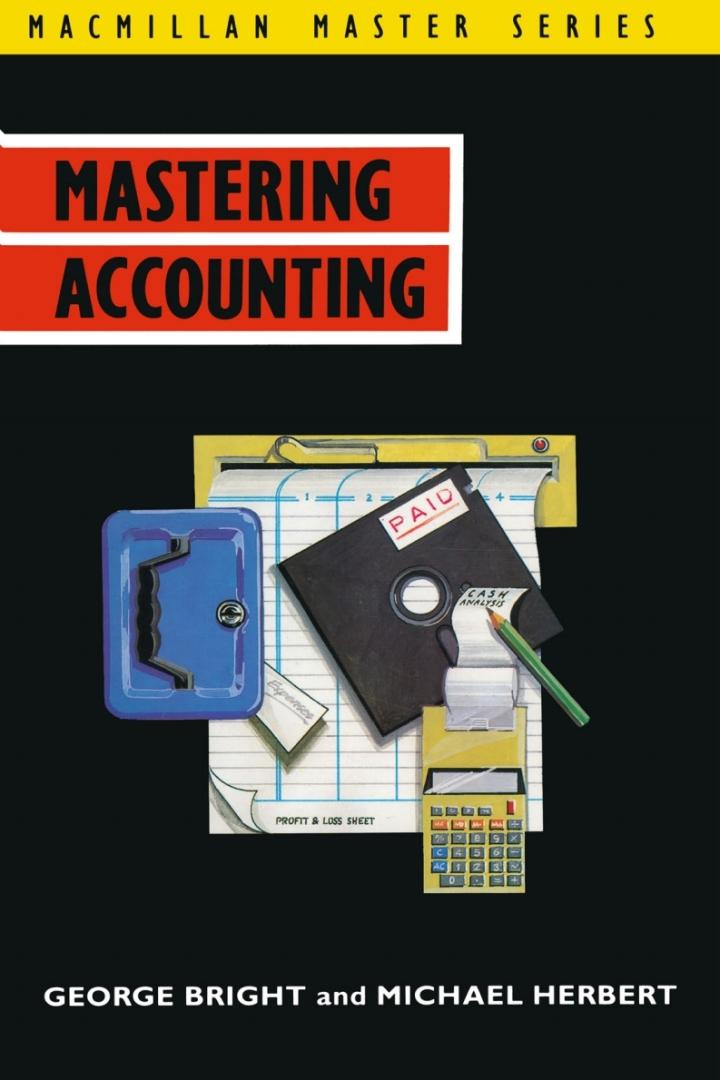First write down the definition of 'profit' with which we started this chapter. Try to do it
Question:
First write down the definition of 'profit' with which we started this chapter. Try to do it without looking back. Then say whether each of the following statements is true or false.
(a) Both capital and revenue expenditure must be included in the calculation of a firm's profit.
(b) Neither receipts of capital nor receipts of income should be included in the calculation of a firm's profit.
(c) The purchase of fixtures and fittings is an example of capital expenditure.
(d) Wages paid to employees are an example of revenue expenditure.
(e) Repairs to a damaged machine are an example of capital expenditure.
(f) A legacy received by the owner of a business and invested in the business is an example of a receipt of revenue or income.
(g) The sale of a car by a car dealer results in the receipt of revenue.
It is worth summarising the main points of the chapter so far. In measuring profit the emphasis is on income or revenue earned (i.e. revenue receipts)
and expenses incurred (i.e. revenue expenditure) during the period for which profit is being measured. In fact our definition of profit could be abbreviated to:
• revenue receipts less revenue expenditure.
The purchase of a fixed asset - capital expenditure - must not be included because the value will last for longer than one year. The receipt of capital must not be included because it is not derived from the profit-making activity of the business. It is likely that such a receipt is a loan to the business from an outside firm or a further investment of finance in the business by the owner.
Step by Step Answer:






